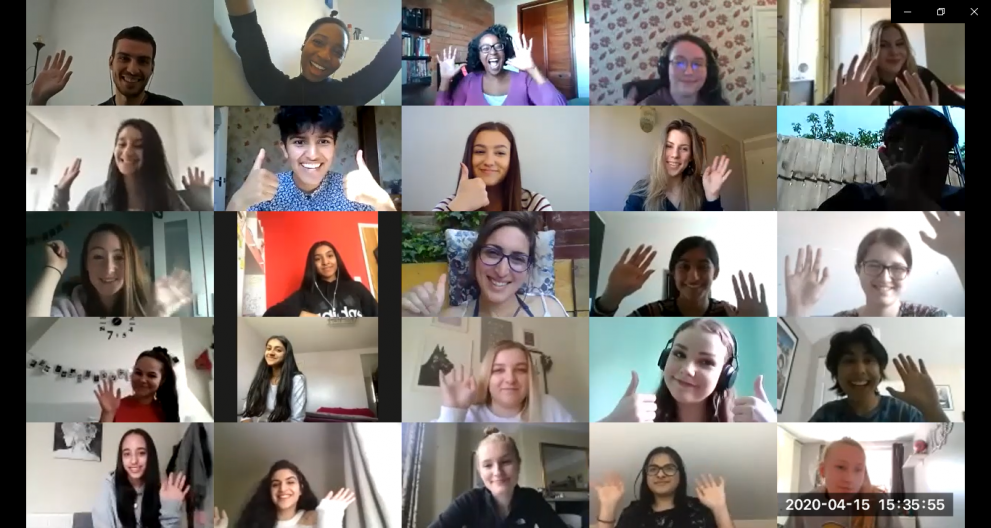To read more about The Sutton Trust’s move to digital delivery, you can check out the first in our two-part blog series here.
“I definitely think the week was most useful and eye opening out of any possible alternative work experience, despite it being online - it covered every aspect you could possibly think of [in] gaining an insight into the field. Pathways and all the law firms really outdid themselves!”
Pathways to Law Student, April 2020
